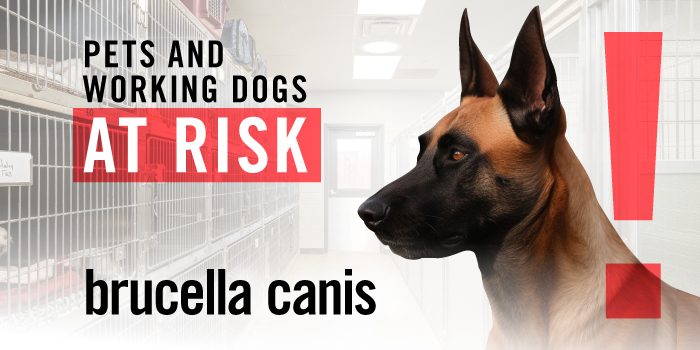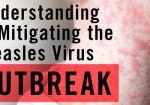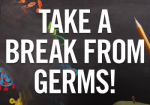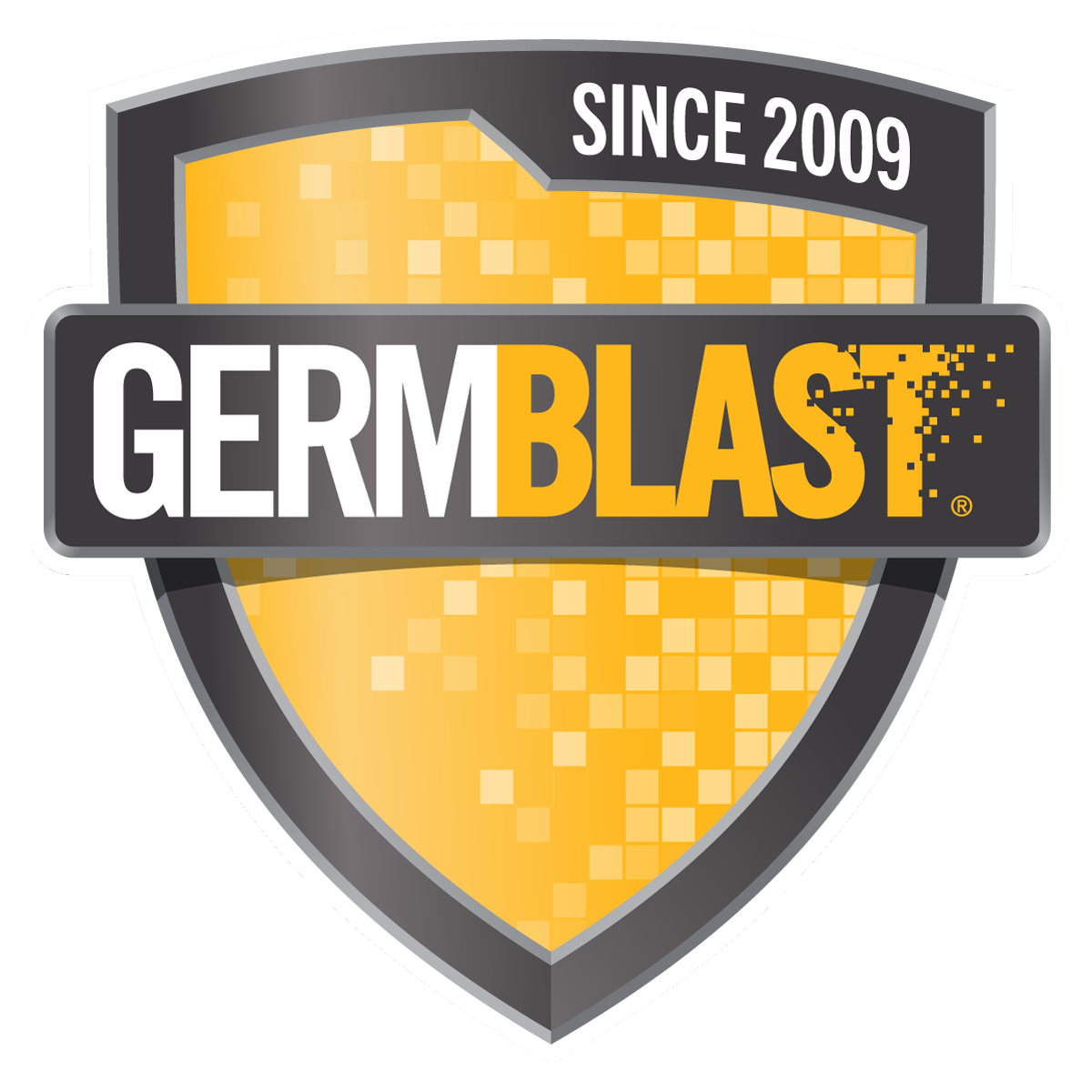
Rodney Madsen, CEO & Epidemiologist
Nov 11, 2024
Responding to Brucellosis Outbreak at a Government Facility

Last Updated:
Nov 14, 2024
In response to a recent outbreak of Brucellosis canis (B. canis) at a critical government facility, GermBlast mobilized our specialized response services to disinfect and contain the spread of this zoonotic bacterial infection. Brucellosis in canines, caused by the Brucella canis bacteria, presents serious health risks not only to infected animals but also to humans due to its zoonotic nature.
Understanding Brucellosis canis and Its Transmission
Brucellosis is a bacterial infection primarily affecting dogs, leading to reproductive complications and potentially severe health issues. Male dogs with brucellosis may develop epididymitis (an infection of the testicles), resulting in symptoms like enlarged scrotum, testicular atrophy, and infertility. Female dogs infected with the bacteria may face uterine infections, persistent vaginal discharge, and complications in pregnancy, such as miscarriages or stillbirths.
Transmission among dogs primarily occurs through contact with infected bodily fluids, such as urine, semen, or vaginal discharge. Infected dogs can spread the bacteria through licking, sniffing, or inhaling contaminated materials. Because B. canis can also spread through mucous membranes, including the eyes, the disease poses a public health risk to humans who are in close contact with infected animals.
GermBlast’s Response Strategy
To address the brucellosis outbreak, our response plan includes comprehensive disinfection using appropriate tools, techniques, and safety protocols:
- Disinfection Protocol: Given the nature of B. canis transmission, treating the affected area with a high level of disinfectant is crucial. We will apply Oxivir, a powerful disinfectant effective against bacteria and viruses, followed by a power wash to ensure thorough coverage and removal of contaminants. Once the area has dried, we will apply Shield, a protective barrier that helps prevent bacterial recontamination.
- Specialized Equipment: For large surface areas, our team utilizes XT3 sprayers, which deliver a broad, even application of disinfectant across both porous and non-porous surfaces, ensuring comprehensive coverage in high-risk areas.
- Personal Protective Equipment (PPE): Our team adheres to strict PPE protocols, including gloves, face masks, protective eyewear, and gowns, to minimize risk of exposure to Brucella canis and other potential contaminants.
- Follow-Up Assessments: After the initial treatment, we’ll conduct follow-up assessments to ensure that all treated areas remain free of harmful pathogens, supporting the health and safety of both animals and personnel at the facility.
Prevention and Public Health Considerations
Preventing brucellosis in canines and minimizing the risk of human transmission requires both careful hygiene practices and proactive measures. We recommend the following steps for environments in close contact with animals, especially working and service animals:
- Practice Regular Disinfection: Routine cleaning and disinfection of high-touch areas and animal living quarters can greatly reduce the risk of bacterial transmission.
- Utilize Protective Equipment: Those handling breeding dogs, newborn puppies, or any animal bodily fluids should wear gloves, masks, and other protective gear.
- Monitor for Symptoms: Awareness of the symptoms of brucellosis in canines is crucial for early intervention. Additionally, humans in contact with infected animals should watch for non-specific symptoms such as fatigue, fever, and weakness, and seek medical attention if symptoms develop.
- Public Health Reporting: As a reportable disease in many regions, veterinarians and medical professionals must report positive cases of brucellosis to public health authorities, helping to contain and track outbreaks.
Conclusion
Our work at this vital government facility underscores GermBlast’s commitment to effective, science-backed infection prevention. Brucellosis is a serious zoonotic disease, but with rigorous disinfection measures, targeted preventative strategies, and ongoing public health vigilance, we can minimize risks and protect both animals and humans.
If you have questions or would like to know more about our brucellosis response services, please contact us. At GermBlast, we are dedicated to creating safe, healthy environments for everyone.
References:
- "Brucellosis Canis (Brucella Canis) in Dogs," Centers for Disease Control and Prevention.
- "Brucellosis: A Zoonotic Disease," World Health Organization.
- "Brucellosis in Animals and Humans," U.S. Department of Agriculture (USDA).
- "Control of Brucellosis in Dogs," American Veterinary Medical Association (AVMA).
- "Zoonotic Diseases: Prevention and Control," Centers for Disease Control and Prevention.














